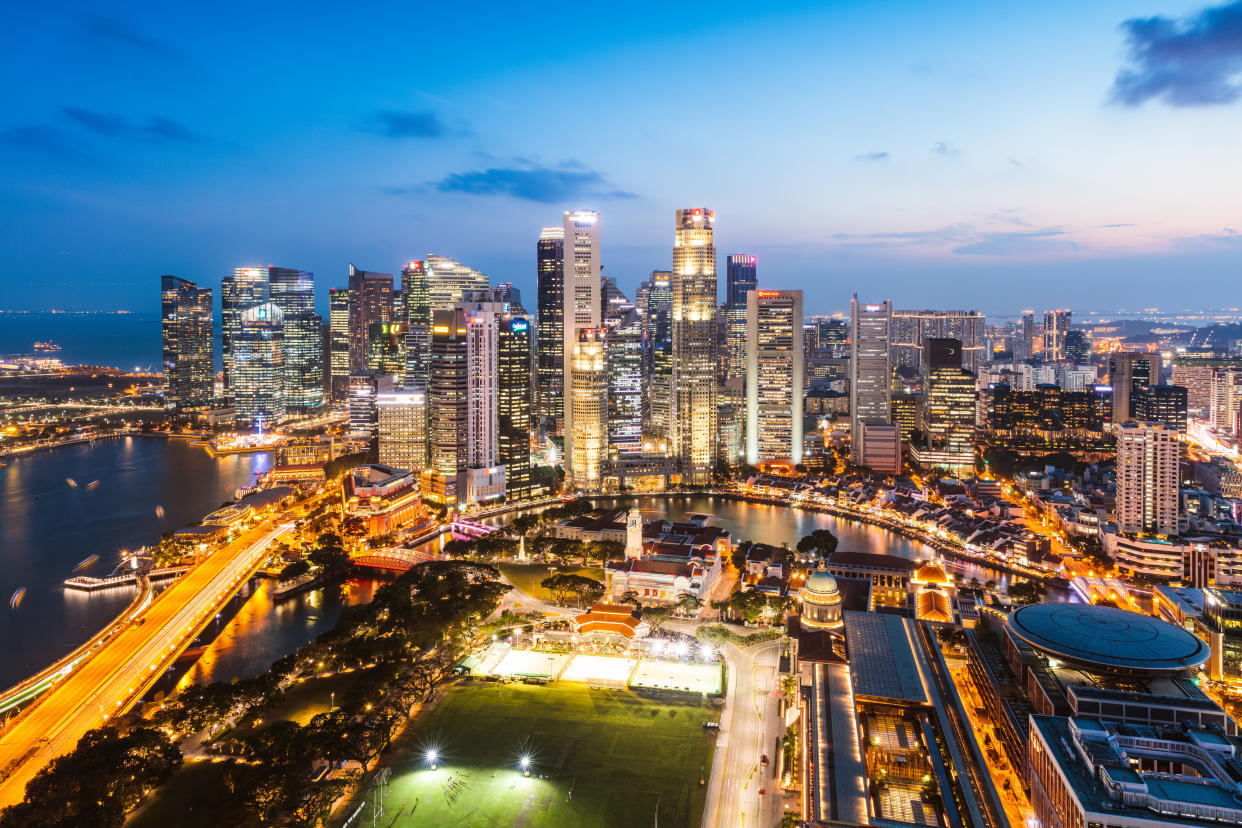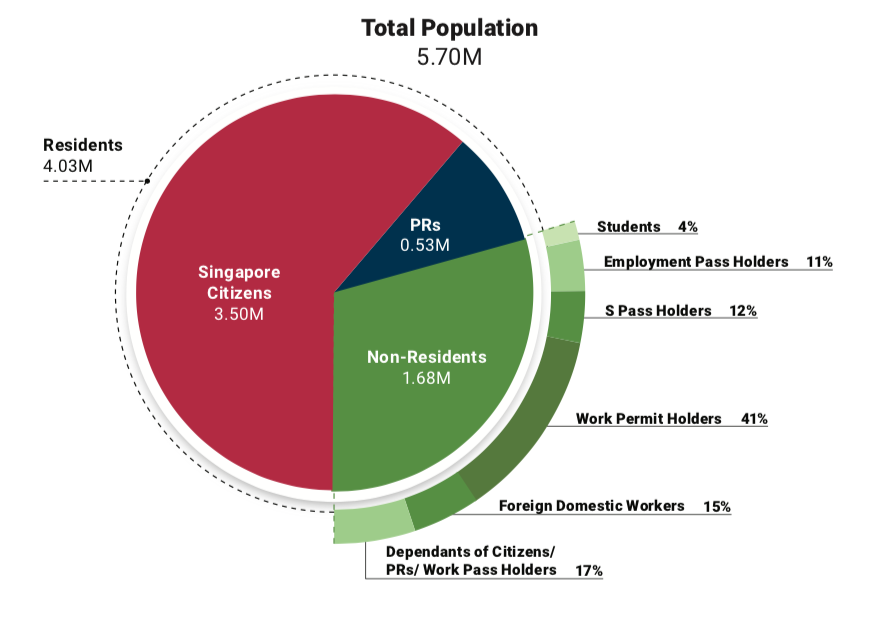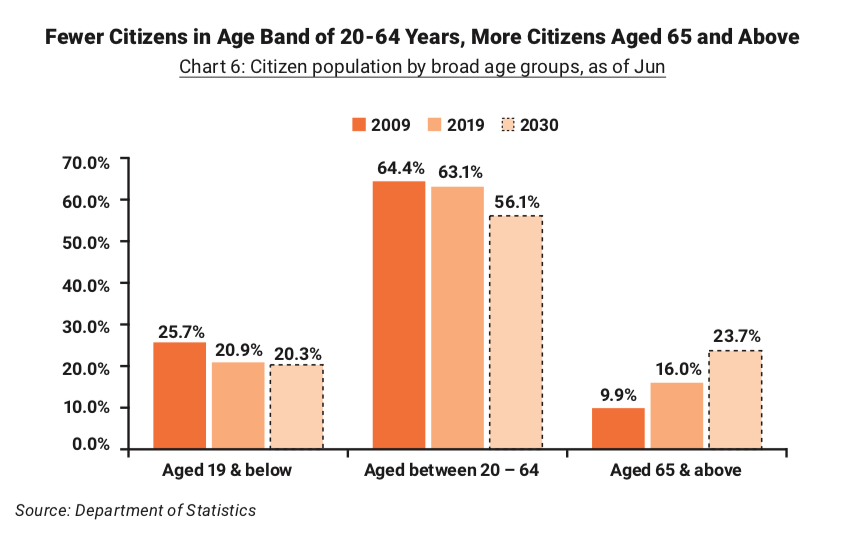Fewer citizen marriages in 2018 as Singapore population grows to 5.7M

SINGAPORE — There were fewer citizen marriages and more citizen births in 2018 as Singapore’s population grew to 5.7 million, according to a Department of Statistics (DOS) report released on Wednesday (25 September).
As of June 2019, the Republic’s total population stands at 5.7 million, representing a growth of 1.2 per cent from a year earlier, the annual Population in Brief report showed.
There were 23,632 citizen marriages last year, compared with 24,417 in 2017. More than a third of such marriages in 2018 involved transnational couples, while about one in five were inter-ethnic.
Over the last five years (2014-2018), there were about 24,000 citizen marriages annually on average.
The number of citizen births rose slightly to 32,413 last year from 32,356 in 2017. The resident total fertility rate (TFR) fell to 1.14 in 2018 from 1.16 in 2017.
Population in Brief provides key updates and trends on Singapore’s population.
Growth in population

The citizen population grew by 0.8 per cent over the past year, thanks to citizen births and immigration. Overall, total population growth over the past five years was slower compared with the previous five-year period.
As of June 2019, there were some 3.5 million Singapore citizens. Together with 0.53 million permanent residents, there were 4.03 million residents.
In the same period, non-residents - including dependants, international students and individuals here for work - totalled 1.68 million. The non-resident population grew by 2 per cent from June 2018 to June 2019, due partly to an increase in foreign employment over the past year.
In 2018, 22,550 individuals were granted citizenship, including children born overseas to Singaporean parents. Meanwhile, 32,710 individuals were granted permanent residency.
According to the DOS, the dip in the resident TFR is due partly to a larger cohort of young Singaporeans (aged 20-30 in 2018) who are entering the peak childbearing ages, but have not yet had children.
Ageing population

“With increasing life expectancy and low fertility rates, the proportion of our citizen population aged 65 years and above is rising, and at a faster pace compared to the last decade,” said the DOS.
“Large cohorts of ‘baby boomers’ have begun entering the post-65 age range.”
It noted that the proportion of citizens aged 65 and above has increased from 9.9 per cent in 2009 to 16.0 per cent in 2019. This number is projected to increase to about 23.7 per cent in 2030.
About 63.1 per cent of citizens are aged 20-64 years, a decrease from 64.4 per cent in 2009. This is projected to fall further to about 56.1 per cent in 2030.
Between 2018 and 2019, the median age of the citizen population also rose from 41.7 years to 42.0 years.
More Singapore stories
Inter-Uni LGBT Network raps SIM for 'censorship' of bisexual singer in campus concert



